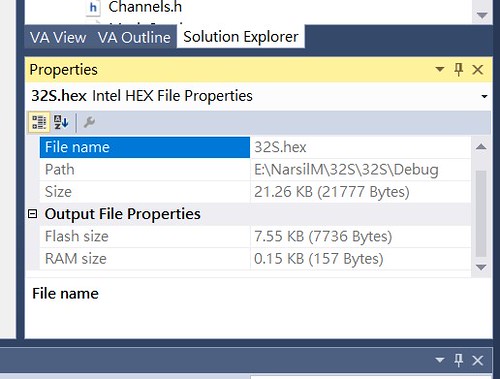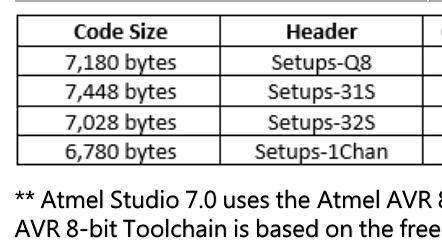To compile a hex file in Amtel Studio 7 is the same as in 5
The how to do in Amtsl Studio 5 can lead to errors if the file also needs to load information from the config files, you see more files in the Bistro HD folder
You can simply load the bistroHD.c file
And then start from build in the how to create hex in studio 5
The studio will have also the other files
Rightclick on solution explorer on the right side
Click on add new project,
Remove the main.c
Add existing Item BistroHD.c and the other files
from there you can use the how to in the blf topic from comfychair
Comment out or disable just add // in front
Enable remove //
For different pwm channels you need to enable or disable the channels in top section of the file, read the comments on the code lines they tell you what to do
There is only one hex file!
The Amtel studio loads from all those config files what it needs and build a flash code in the hex file
If you got the hex file you need also use the right fuses to flash the driver, most will have add a .bat file to do so
new project

select your Chip

if you use a different than the 25 you need to change that in the BistroHD.c file as well

delete the main.c

getting the files loaded

load all the files for the solution

building the hex file

here you find the hex files

fuses
the text file is from texas Bistro including the whole command prompt to flash

here is the whole project for Amtel Studio 7
including the Attiny25 hex file
http://www.metronixlaser.de/bilder/flashlight/Bistro%20HD.zip

